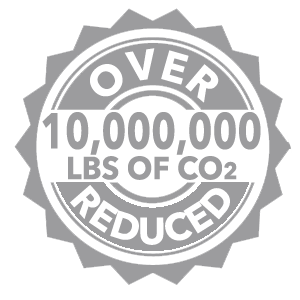


April 1, 2015 Source: U.S. Energy Information Administration, based on DrillingInfo Inc., New York State Geological Survey, Ohio State Geological Survey, Pennsylvania Bureau of Topographic & Geologic Survey, West Virginia Geological & Economic Survey, and U.S. Geological Survey Note: Map includes production wells from January 2003 through December 2014. Click to enlarge . Natural gas production from the Marcellus shale formation in the Appalachian basin increased to 14.4 billion cubic feet per day (Bcf/d) in January 2015, accounting for more than 36% of shale gas production and more than 18% of total dry natural gas production in the United States, according to EIA's Natural Gas Weekly Update . Recent updates to EIA's maps and geologic information for the Marcellus shale play help to characterize the formation's structure, thickness, and extent. EIA uses well data to construct maps showing the formation extent and structure of the productive and prospectively productive regions of...
6893 Hits
6893 Hits





































